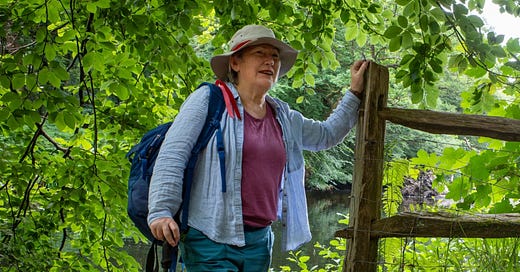On being interviewed about a lifetime of herbal medicine
A series of five chats about designing and using the wealth of medicinal trees and shrubs
Talking is good and, for me, talking about herbal medicine is even better. I have been having a bit of a chat with Sylvia Burgos Toftness of Deep Roots Radio in Wisconsin, USA. In fact there have been five chats altogether, a series of face-to-face conversations, all recorded and now available online. Sylvia has a remarkable talent for finding and talking to interesting people about healthful agriculture and related matters. What is more, Sylvia is now organising herbal safaris at her ranch, previously down to beef farming, but now a herbal paradise! You can see all of the five interview episodes listed on Spotify.
It is quite a luxury to be able hold forth about my favourite subjects, without limits. But at the start we did try to organise the topics into a somewhat orderly fashion. In Episode 1, I began by reflecting on the influences on my interest in herbal medicine and ideas around permaculture and sustainable living. Then, in Episode 2, I described the wonderful experience of visiting USA back in 2010 when I participated in the intern scheme offered by United Plant Savers. Staying in their botanical sanctuary in Ohio allowed me to develop more understanding of the native plants of North America. Previously, as you can hear in Episode 3, I had been carrying out research into household medicine of the seventeenth century, trying to find out how herbs and recipes were really used. I obtained some surprising results. In Episodes 4 and 5 I discussed the use of herbal medicine in the UK, the research background to medicinal plants, and how I designed a medicinal woodland to support clinical herbal practice in North Devon, UK.
Here are links to each of the Deep Roots Radio Face-To-Face episodes with descriptions on Spotify, available both in audio and video versions, each around 30 minutes long. This series of chats was prompted by the publication of my latest book, Trees and Shrubs That Heal (published January 2024 in USA). My earlier books include: The Medicinal Forest Garden Handbook (2020), and Household Medicine in 17th Century England (2016).
Episode 1: Introduction to trees and shrubs that heal
Sylvia describes:
‘This is the first in a five-part series with Anne Stobart, educator, author, clinical herbalist, and developer of medicinal forests using permaculture design. In this episode, Anne looks back and describes how she became interested in and focused on medicinal herbalism. She also explains her commitment to regenerative agriculture and to helping us to see the wealth of plant-based remedies all around us.’
Episode 2: North American trees and shrubs that heal
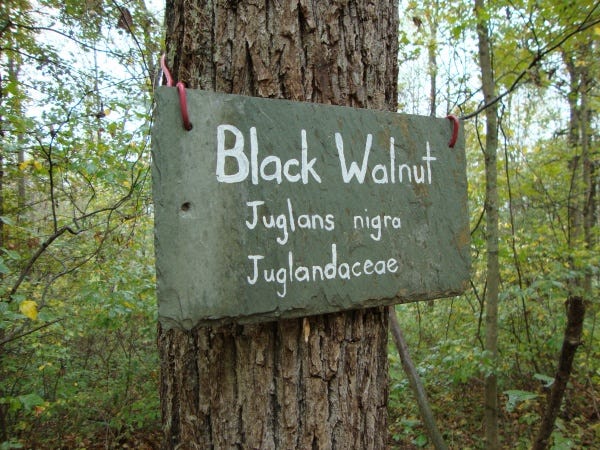
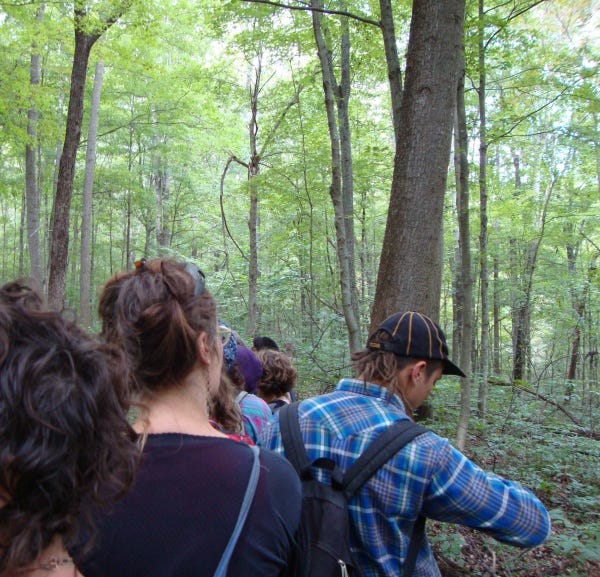
This is the second of five interviews with Anne Stobart: clinical herbalist, permaculture educator, author, and presenter. Chatting from Devon, England, Anne reviews some of the medicinal shrubs and trees of North America.
Episode 3: Household medicine in 17th century England


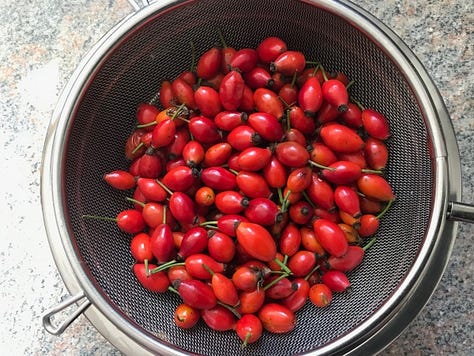
Anne Stobart joins Sylvia for the third in a five-part series of Deep Roots Radio interviews about medicinal shrubs and trees that heal. Anne holds a PhD from her extensive research into the history of medicine. This Deep Roots Radio conversation focuses on how herbal medicines were used in 17th century England.
Episode 4: England's medicinal trees and shrubs
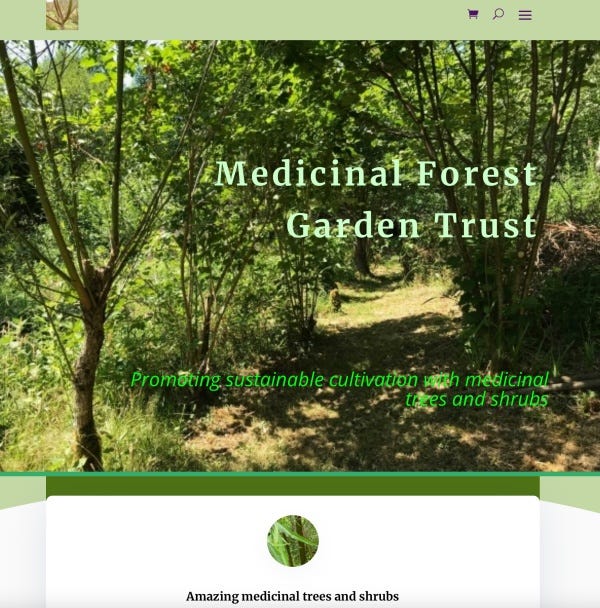
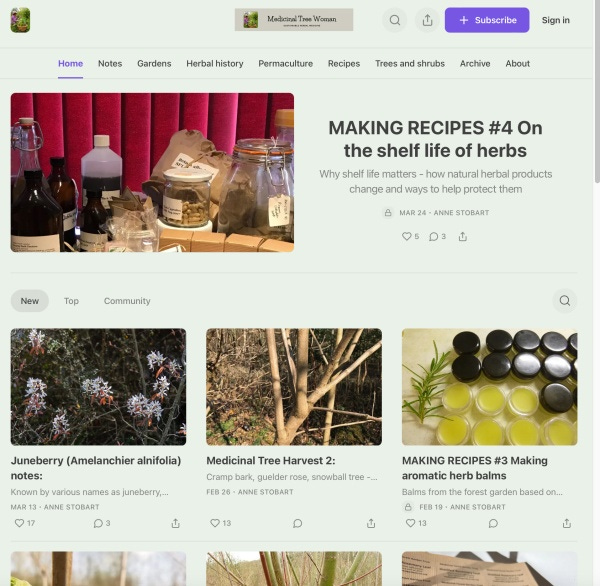
In this fourth Deep Roots Radio video podcast, Anne Stobart tells of her experience with English trees and shrubs with medicinal value. Anne refers to the list of 500 research study references supporting her book of 80 monographs, a reference listing which is available for free on her website for the Medicinal Forest Garden Trust.
Episode 5: Designing a medicinal forest garden
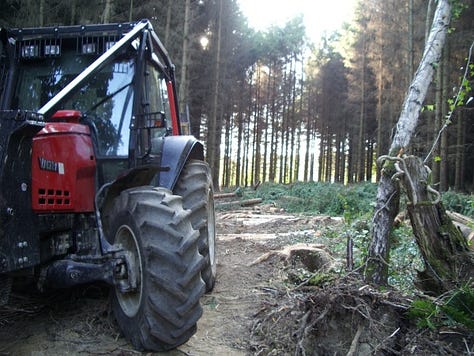
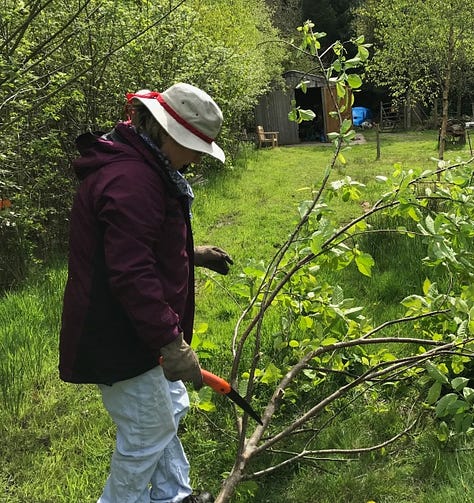
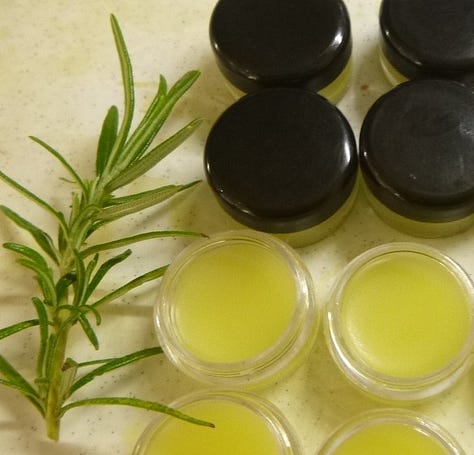
In the fifth Deep Roots Radio video conversation, Anne Stobart describes major considerations when designing a medicinal forest garden of any size. In the chat, she talks about the steps she took - over several years - to establish and grow Holt Wood, a medicinal tree project, in Devon, UK.
The recording of the five podcasts happened fairly quickly, about once a fortnight we would meet up by arrangement on Zoom. It was an interesting contrast to producing my own Substack posts. I have been discovering much more about my approach to writing by creating Substack posts since late in 2023 for Medicinal Tree Woman. The whole process of writing and editing is quite intensive, fairly demanding, with a constant consciousness of the audience of readers and subscribers out there. So it seemed a lovely alternative to be able to sit back, explore and express ideas through chatting to another person. It really is great to talk! I've so enjoyed chatting with Sylvia. Though I should not suggest that interviewing is less onerous in terms of editing, as she has had to do plenty of editing to get the material online and I really appreciate that! I hope she is going to invite me back so I can interview her about those herbal safaris in Wisconsin, USA!!


